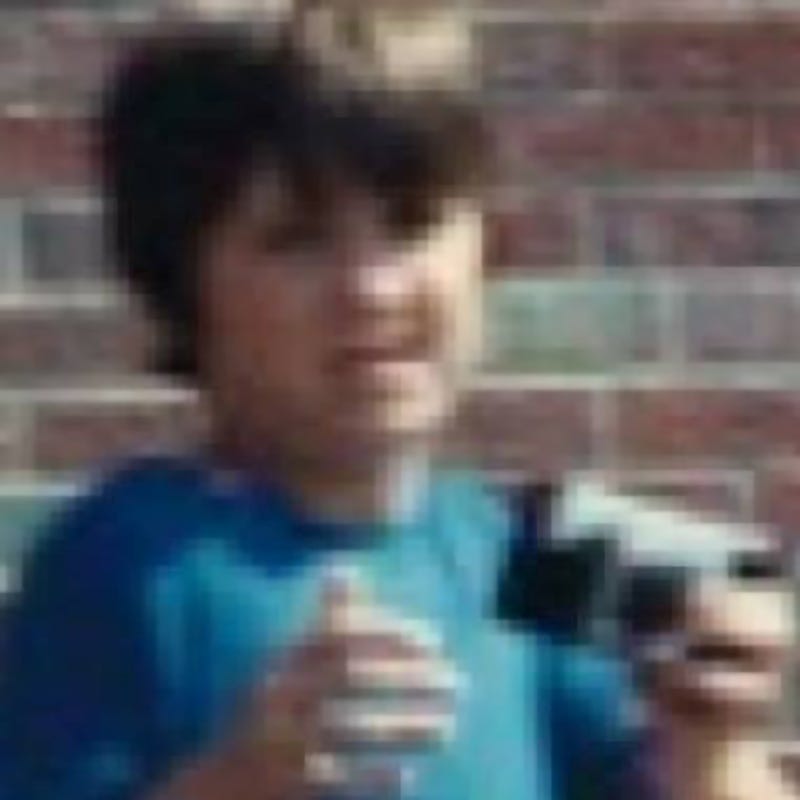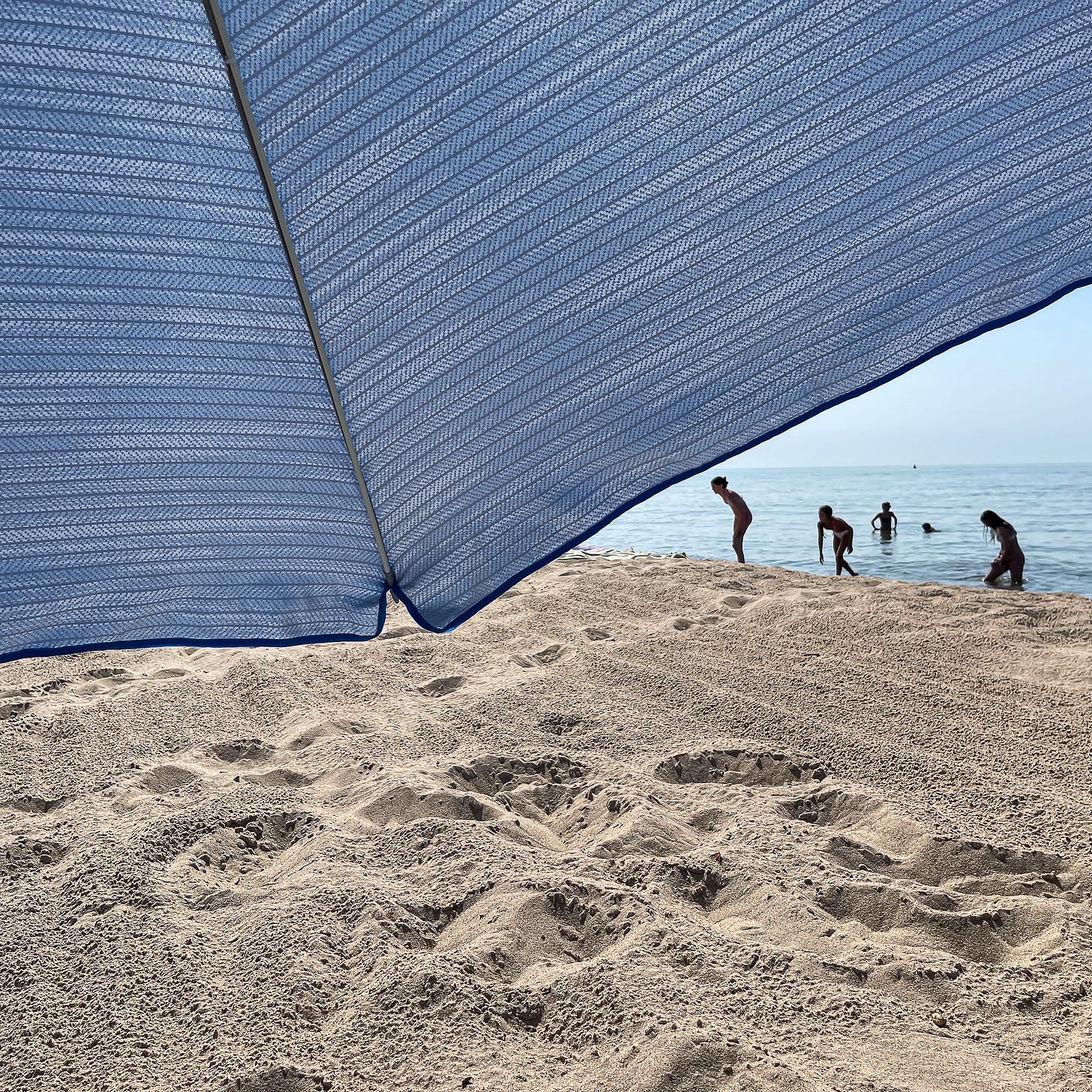Old School Cool
Fellas, is it old school to be good at your job?
“I'm not a Twitterer, I'm not a twerker, I'm not a Facebooker, I'm not nothing. I'm old school.”
– Michael Jordan
I’ve been called old school twice recently and frankly I’m annoyed. Not because I’m upset about turning 391 but because in both cases it was by individuals who I believe to be confusing “professionalism” and “high standards” with quaint, old-world ways. I wonder if this is indicative of some sweeping change in the way things are done, or was I just unfortunate to encounter people who didn’t especially know what they were talking about?
In the first instance, my “old school” approach was to provide a thoughtfully executed proposal for services. It seemed to impress the potential client, but he rejected it because it was expensive (at a fraction of the normal rate, I might add) while complimenting me on my “old school approach.”
What was so old school? The fact that I took the time to clearly outline the project’s scope, warn of potential pitfalls, and generally be a good collaborator? Apparently, I gather, the way it’s done now is everybody just sorta wings it. We hurl shit at the wall and if any of it sticks we’re provided one currency unit and a pat on the head and encouraged to fling more feces.
On the second occasion, which I touched on briefly a few weeks ago, my approach to a particular type of service was referred to as old school, “the way things used to be.” It was such a silly remark — I was suggesting to a “professional” photographer that he might be more profitable if he made a subtle change to the wording of a contract. It would neither harm the client nor cost him anything, and it provided the opportunity to make more money when the client inevitably asked for more work.
Apparently, requesting fair compensation is an outdated mode of thinking. How silly of me.
It’s not that I think my colleague was wrong for not wanting to do it my way. But the idea that doing it that way — the demonstrably more effective and profitable way, I might add — was passé. What I found especially insulting was when this person said to me “Photography just progresses. You’ve got to adapt or you’ll be left behind. It’s not going back to the old ways.”
My jaw hit the floor. Not only was this person calling me out of touch, they were doubling down to defend the idea that getting paid less for doing more work was some exciting new innovation.
When it comes to adapting to a changing business landscape, he is 100% correct. But making concessions in an effort to keep the lights on, cutting profit in response to an increasingly competitive market… That’s not bold progress, that’s fighting for survival. The free market in full effect. Supply and demand doing its thing.
If conducting business like a professional is old, I don’t wanna be young.
Traditional measures of image quality (high production value, for instance) are also now passé. It’s been that way for years, actually, ever since Instagram altered our standards by elevating authenticity above all — even beauty. Really, it’s the definition of beauty that has changed. Perfect is no longer it. “Real” is as good as it gets now, and frankly they do have an argument. The best in our business manage to combine traditional image quality with 21st-century authenticity. It’s a delicate balance, and as someone who invested many years in learning the technical skills that would set my work apart, only to have those skills actively devalued in the marketplace, I can attest to the challenge.
What used to be an indicator of high standards and high style now can communicate the opposite. Tough beat.
I see this trend manifest in business correspondence too. Apparently basic communication skills such as “constructing functional sentences that effectively communicate an idea” have become another indicator of old school thinking, or as I like to call it, professionalism.
I take being a professional pretty seriously. I don’t always succeed, but I’m striving for it. It was ingrained into me — high standards, that is — by a demanding education at an institution dedicated solely to photography. Semester one involved densitometer testing so the value of “film base plus fog” could be factored in to achieve absolute printing perfection.2 This level of precision may seem like overkill, but the message was received: professionals hold themselves to a higher standard.
I think people do business with people they know and like. Being easy to work with is good for my business, and clear communication is part of being easy to work with. Plus, artists aren’t always known for our predictable, level-headed behavior, so being reliable can become a competitive advantage. That was what I believed early in my career, anyway. These days I’m feeling like if you can string together a complete sentence, or throw in a comma every now and then, you’re in the top 2% of all business communicators in the U.S. and A.
One of the strangest aspects of reaching middle age — barely reaching it, just dipping my toe in really — is when you realize entire systems have been upended in the relatively short time since you were newly out of school. While many, maybe even most, of those changes are positive, some are not. And when you point out the ones that are not, or simply aim for a higher standard that was once, well, standard, you are seen as an anachronism. I thought I’d have to be in my eighties to achieve anachronism status.
I wonder if photography itself is becoming an anachronism. It seems some of the newest people doing it professionally don’t even think of themselves as photographers so much as “content creators.” We all know I have no love lost for “content,” but when it takes over my beloved industry and morphs it into an entirely different business with entirely different standards — not to mention value — it’s easy to become an anachronism. So why should anyone, me or anybody else, feel shame in that?
How do you communicate that you are serious about what you do, that you hold yourself to high standards and expect to be fairly compensated, in a world where such standards are less valuable than ever?
Maybe I’m just getting my wires crossed. Maybe the photographers and filmmakers who take it seriously are still calling themselves photographers and filmmakers, and aiming for the highest quality. Maybe the trouble stems from the fact that there simply aren’t different terms to delineate these vastly different tasks all coincidentally performed with a camera. I mean, the tasks themselves have different terminology — content creation versus editorial photography versus advertising photography — but the creators are all lumped together under one banner: photographer.
I think this might be where you see crusty types expressing disdain for those who picked up a camera yesterday and are selling tutorials today. That would have been unheard of in the old school photography world, the one in which apprenticeship and experience was necessary to launch a business. But today, with a camera and Instagram, you can lose your accounting job on Friday afternoon and by Monday morning you’re operating a functional photography business. Maybe it’s fine, because in the world of content creation what we’re after is not quality, but quantity. Sure, a baseline of quality, but just good enough. Then lots and lots of it. And then even more.
The glass half full approach is to recognize that these changes are not all bad. Any shift away from perfection at all costs, toward acknowledging our humanity, embracing imperfection… All of this could be considered becoming more human — something I strive for. It may be hard for the classically trained to accept that authentically imperfect is often better than artificially exceptional, but I’m trying.
Still, in the world of art — or any “serious” photographic pursuit — a certain amount of old school thinking about high quality and even higher standards should never go out of style. I think the impetus is on the next generation of photographers, those who think and strive for excellence in an “old school” way, to carry the torch for good work and professionalism, even as the dark shadow of “content” looms larger every day.
Technically true. I am not upset about turning 39.
Similar serious attempts at perfection included buying film in lots and then wasting one roll to test if the ISO was in fact the 100 it purported to be or, more than likely 80 or even just 64. And then testing one’s flash to determine the precise guide number — also never what it purported to be — and testing the true sync speed of one’s camera, which was never actually 1/250 but more often 1/200 or even 1/160th.






Feels emblematic of bigger issues with society and consumerism in general. Everything now is *fast* and/or bland and not intended to last. Fast food that doesn't satisfy. Fast fashion that has to be replaced after 3 washes. Fast furniture that lasts a few years at best. New build houses thrown up cheap and fast that are already falling apart before the first owner moves in.
Photography reduced to a nanosecond of attention on a screen the size of half a sheet of toilet paper, but it's "just pressing a button", right? Video turned on its side and shortened to under 30 second clips shot without any planning at all. All using cameras which the manufacturers really want us to replace regularly, or even phones which are on a one year upgrade cycle.
Hardly anyone provides quality customer service because we've all become so accustomed to either piss-poor or entirely non-existent service that merely showing up and doing the minimum is considered the gold standard.
Here I am, believing still that things should last and be done properly. Craftsmanship and all that. Thing is, if I stop caring about whether I'm doing things the right way, why do them at all? So I stay with my "old school" ideas of how to do things and if nobody else cares, so be it.
There's a lot to do to assure success. Being patient and methodical comes with years of practice. It may be that those folks just haven't worked with good people before. The response should be something like, "this is a craft like many and quality takes preparation and a bit of time." It is client education.